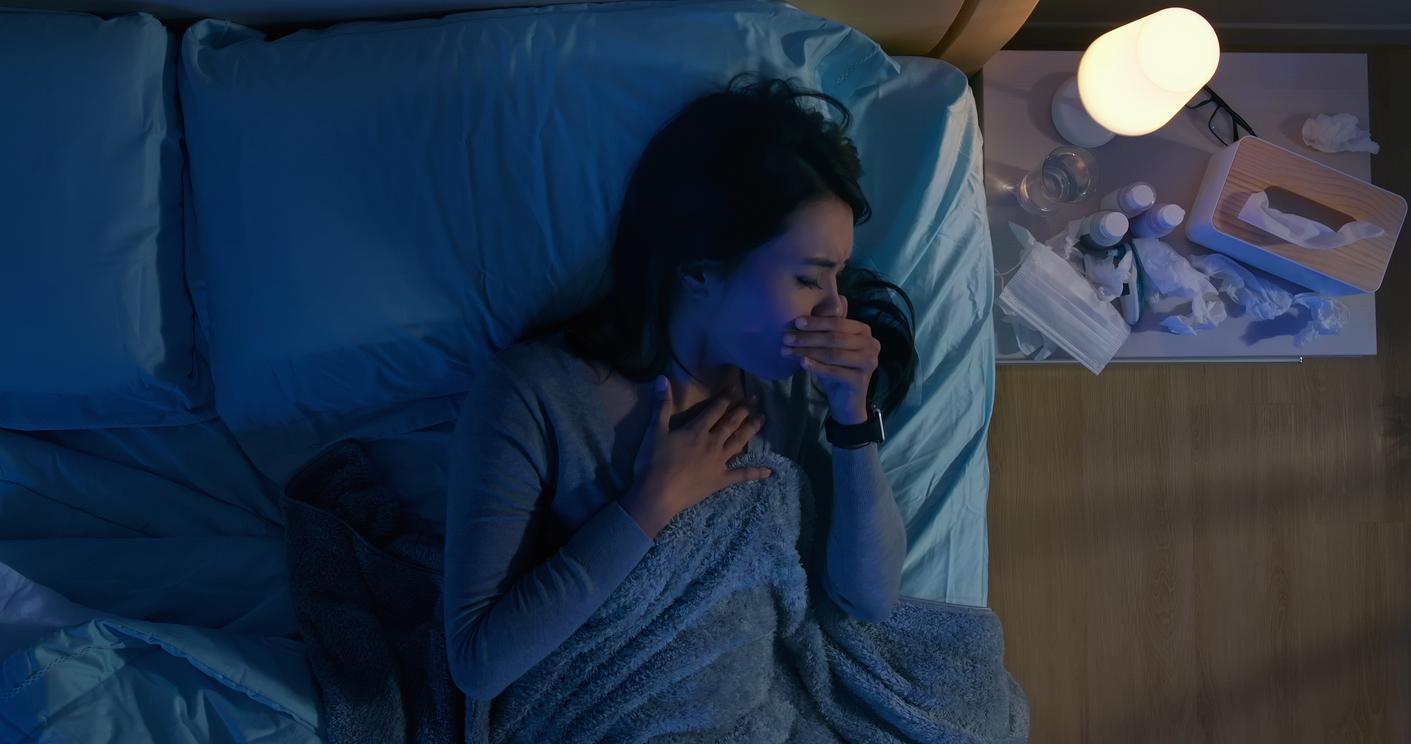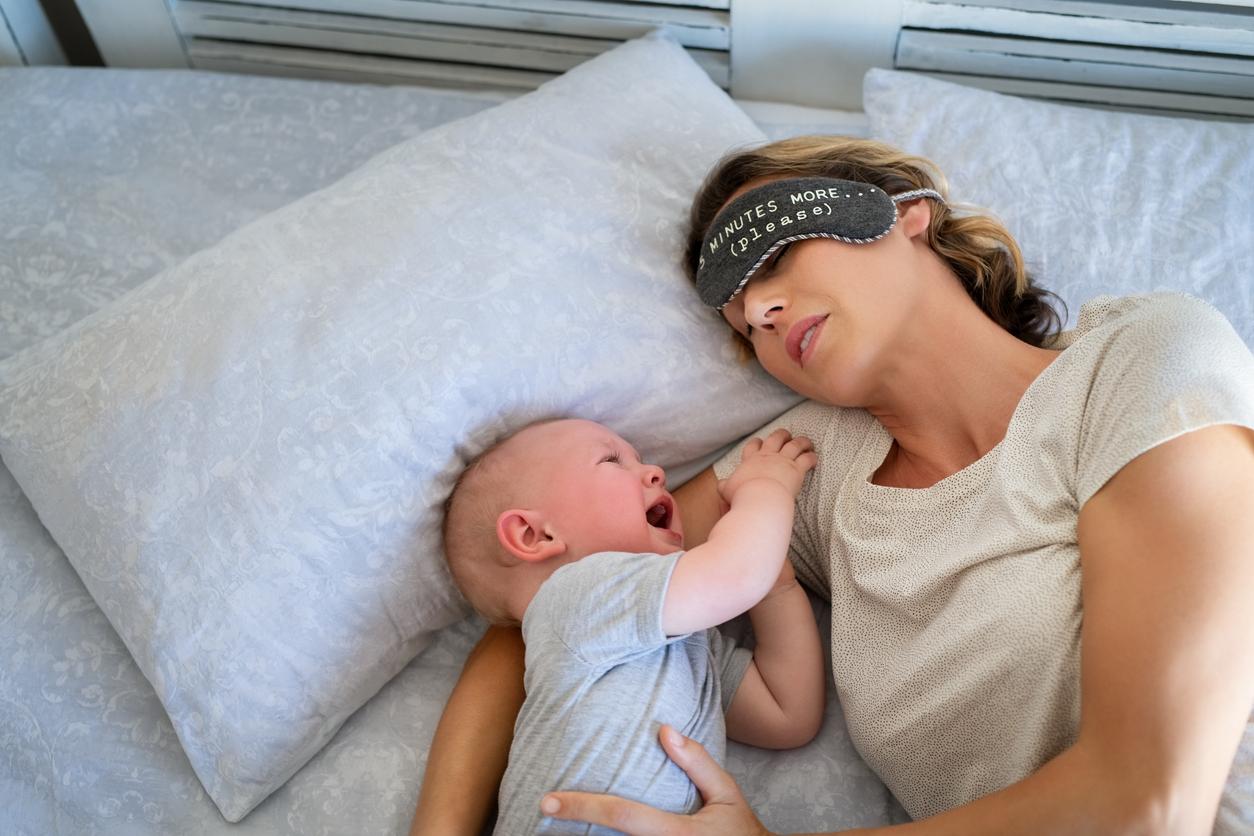When a baby is born, a question arises: should he sleep in the parents’ room or in his own? Co-sleeping is the subject of debate among specialists.

- Co-sleeping consists of having the baby sleep in the same room as the parents, in a separate bed or by sharing the same bed.
- The WHO advises parents to keep the child in the same room but in a separate bed until the age of 6 months, in order to reduce the risk of sudden infant death syndrome.
- It is not recommended to put the baby to sleep in the same bed as the parents, because during deep sleep there is a risk of crushing and/or suffocating the child.
Co-sleeping consists of having the baby sleep either in the same room as his parents, or in the same bed with at least one of his parents. If studies have been published on the subject, there is currently no consensus to encourage it or not.
Sleeping with the infant: what do the studies say about co-sleeping?
If most of the studies are the subject of debate, it is above all for their methods which group together the different types of bed sharing without distinction, not being able to analyze the risk factors associated with the risk of sudden infant death such as smoking or parental drug use.
The debate therefore focuses on bed sharing which could be a risk factor for sudden infant death syndrome, without its real consensus to date.
Co-sleeping: what are the safety rules to follow?
If you choose to sleep in the same bed as your baby, be sure not to do so if you are a smoker, very tired, or using alcohol or medication. You must also be careful if you are obese, and make sure that the child’s space is secure so that the baby does not fall or get stuck.
Also remember to always warn the other parent so that they are more vigilant, and make sure that your baby is not too hot, taking into account your body heat. If in doubt, talk to your pediatrician or doctor.
Find out more: “Co-sleeping: Why? How?” by Claude-Suzanne Didierjean-Jouveau.















